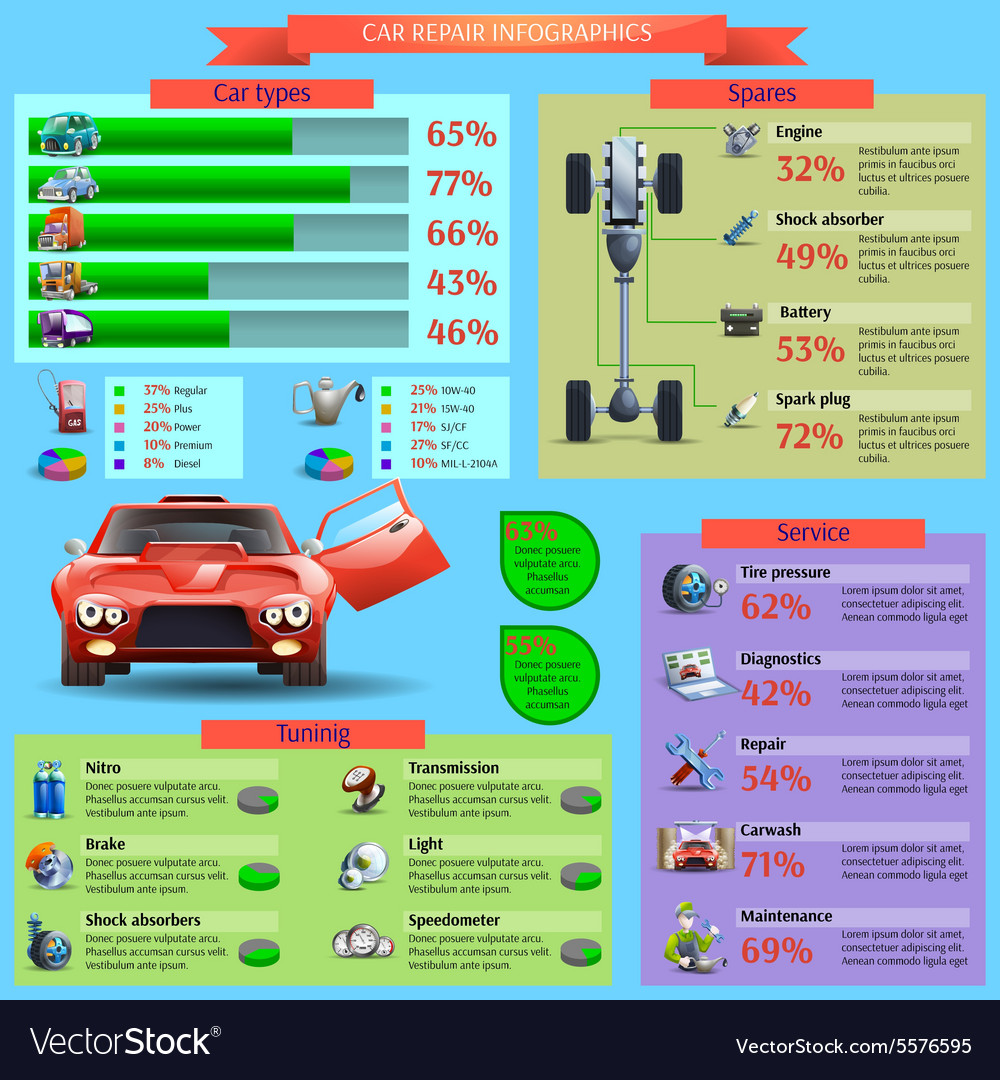When you're behind the wheel, those beautiful warning lights on your dashboard can be a bit bewildering. Do you recognize what they're attempting to tell you concerning your auto's health? Recognizing the relevance of these lights is important for your safety and the durability of your lorry. So, the following time one of those lights turns up, would not you intend to decode its message properly and take the essential actions to resolve it?
Common Caution Lights and Interpretations
Identify typical caution lights in your automobile and recognize their definitions to make certain safe driving.
The most normal warning lights consist of the check engine light, which signals issues with the engine or emissions system. If this light comes on, it's critical to have your car checked without delay.
The oil pressure alerting light indicates reduced oil stress, calling for immediate focus to avoid engine damages.
A flashing battery light may suggest a defective charging system, potentially leaving you stranded if not addressed.
The tire pressure tracking system (TPMS) light alerts you to low tire pressure, impacting vehicle stability and fuel performance. Ignoring this can bring about dangerous driving conditions.
The ABS light shows a trouble with the anti-lock braking system, compromising your capability to quit rapidly in emergencies.
Finally, the coolant temperature cautioning light warns of engine getting too hot, which can result in serious damages if not dealt with quickly.
Recognizing these common caution lights will help you resolve concerns without delay and preserve risk-free driving conditions.
Importance of Prompt Focus
Understanding the typical warning lights in your car is just the primary step; the significance of promptly addressing these cautions can't be highlighted enough to guarantee your security when traveling.
When a warning light illuminates on your control panel, it's your car's way of interacting a prospective issue that requires focus. Ignoring these warnings can lead to extra severe troubles in the future, jeopardizing your security and possibly costing you more out of commission.
Prompt interest to alerting lights can stop failures and crashes. As an example, a flashing check engine light could suggest a misfire that, if left ignored, might cause damage to the catalytic converter. Resolving this promptly can conserve you from a pricey repair work.
Likewise, a brake system cautioning light might signify low brake liquid or used brake pads, essential elements for your safety when driving.
Do It Yourself Troubleshooting Tips
If you observe a warning light on your control panel, there are a couple of do it yourself repairing suggestions you can try before seeking specialist assistance.
The first step is to consult your cars and truck's guidebook to recognize what the specific caution light shows. In some cases the concern can be as basic as a loosened gas cap causing the check engine light. Tightening car valet service near me may resolve the trouble.
Another typical concern is a reduced battery, which can cause various warning lights. Inspecting the battery connections for corrosion and ensuring they're secure could fix the issue.
If a warning light continues, you can attempt resetting it by disconnecting the automobile's battery for a few minutes and then reconnecting it. In addition, checking your car's fluid levels, such as oil, coolant, and brake liquid, can aid repair warning lights associated with these systems.
Final thought
In conclusion, understanding your cars and truck's warning lights is essential for maintaining your car running smoothly and safely. By quickly attending to these alerts and understanding what they indicate, you can avoid pricey repairs and potential breakdowns.
Bear in mind to consult your cars and truck's guidebook for certain information on each advising light and take action appropriately to guarantee a trouble-free driving experience.
Stay notified, stay risk-free when driving!
